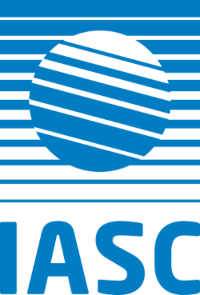Two decades have passed since the first ICES symposium on capelin in Reykjavik, during which capelin populations have fluctuated considerably and large-scale shifts in the spatial distribution at all life stages has been observed in all Sub-Arctic systems. Central to the Capelin Symposium Bergen (CSB2022), is a modification of the Reykjavik recommendation for “closer cooperation between oceanographers and capelin biologists …” to seeking “closer cooperation among all relevant disciplines – oceanography, biology/ecology, mathematics/statistics, …”. With this modification, we sought to bring together multi-institutional and multi-disciplinary expertise with an overarching goal of revising and expanding our knowledge base on the capelin biology, ecology, and roles in the Arctic and Sub-Arctic ecosystems.
The CSB2022 was able to attract capelin researchers from all four main capelin populations/stocks areas: Barents Sea, waters around Iceland, Northwest Atlantic, and North Pacific. The symposiun was attended by about 40 participants, of which 14 were Early Career Scientists (ECS) and provided an excellent opportunity to develop collaborations to further capelin science. It attracted 6 invited keynote talks and 23 (10 by ECS) contributed oral presentations (https://twitter.com/CSB_2022).
The symposium consisted of four theme sessions, which included both oral presentations and panel discussions, covering topics ranging from the bottom-up processes that affect the capelin habitat and population dynamics, to the impact of variable capelin production on the larger food web and the challenges that stock assessors and managers face when monitoring, assessing, and setting fisheries quotas for this keystone forage fish in a changing environment (https://capelin2022.imr.no/en/projects/capelinsymposium2022/home/theme-session). Scientific papers from the symposium will be published in a special issue of ICES Journal of Marine Science.
Highlights
- This symposium provided an excellent opportunity to develop a (Artic Canary) network for multi-disciplinary collaboration between capelin researchers from all four main capelin populations/stocks areas: Barents Sea, waters around Iceland, Northwest Atlantic, and North Pacific.
- Due to the small size of the symposium and the obvious enthusiasm of the participants, there was a high participation level from all attendees.
- The small size of the symposium allowed for a welcoming and supportive environment for ECS’s to ask questions and develop collaboration networks. A ECS mentoring lunch was successfully conducted where the ECS got a chance to engage with mentors outside their current network.
